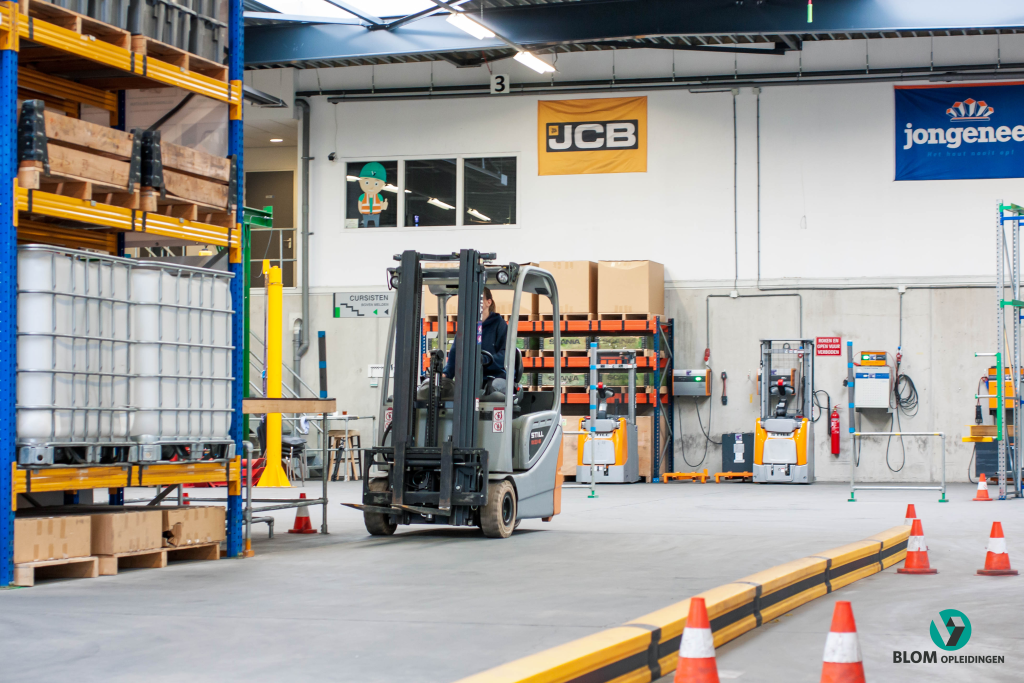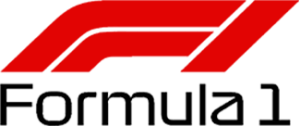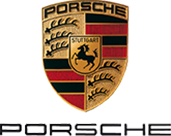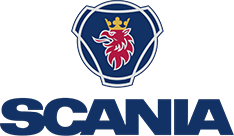Fork adjusters, also known as fork positioners, are attachments used on forklifts to allow the operator to adjust the distance between the forks directly from the driver’s seat without having to adjust them manually. This capability is particularly useful in applications where the forklift needs to handle loads of varying sizes and dimensions. By using fork adjusters, operators can quickly and efficiently adapt the spacing of the forks to accommodate different pallet or load widths, enhancing operational flexibility and productivity.
Additionally, fork adjusters improve safety and reduce the risk of injury, as operators do not need to manually move the heavy forks to adjust their spacing. They also help prevent damage to goods by ensuring that the forks are correctly aligned and positioned for each specific load, leading to safer and more secure handling of materials. A combination with telescopic forks makes this unit even more efficient because trucks can be loaded and unloaded from one side, especially with building materials, which can be very efficient.
Fork positioners boost forklift safety by enabling operators to adjust fork spacing from their seat, reducing manual handling risks and back injuries. They ensure better load support by allowing proper fork placement, decreasing the chances of pallets tipping or falling, thereby enhancing safety for operators and bystanders alike.
Furthermore, fork positioners enable more precise handling of pallets, reducing the chance of damaging goods or the forklift itself during operation, leading to safer and more efficient warehouse activities. By moving the forks sideways and extending them, the transport of non-standard pallets becomes significantly safer, preventing potential damage.
Non-standard pallets can be picked up from both the short and long sides. By positioning the forks laterally or lengthwise, aisles can be made narrower, or trucks can be loaded and unloaded from one side. In both cases, investing in a fork positioner can contribute to creating more available storage space.
Reducing the physical impact on the forklift and its components through proper load handling can extend the lifespan of the equipment. But also a proper and correct way of transporting non-standard pallets also makes it more pleasant for the operator because he has the right tools to transport the goods from A to B more efficiently and damage-free.
Fork positioners enhance productivity by allowing operators to adjust fork spacing from their seat, reducing manual handling risks and improving safety. Precise handling minimizes damage to goods and equipment, leading to cost savings and more efficient operations. They also enable the safe transport of non-standard pallets, optimize warehouse space by allowing for narrower aisles, and improve operator comfort by providing the right tools for efficient, damage-free transport.
With the combination of fork positioners and spreaders with reach forks, it is no longer necessary to leave the forklift cab to manually adjust the forks sideways on the fork carriage or slide add-on forks over the standard forklift forks. This prevents handling delays and significantly reduces the risk of physical discomfort.

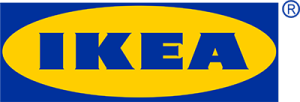
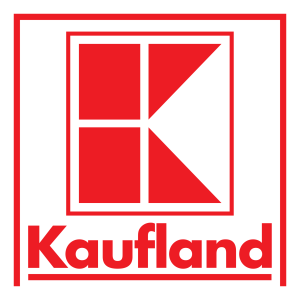
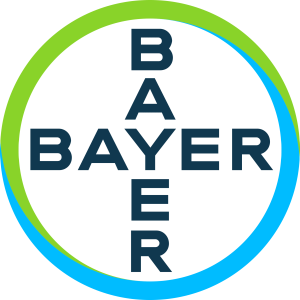

For putting pallets away, directly on the other side of the truck, a heavier forklift is necessary because the load is moving away from the forklift. This will move the load center of gravity further away from the forklift and will require more counterweight to rebalance. Your forklift supplier can give you more information on this.
A practical test has shown that when loading – (un) loading from both sides on one side, 3.4 trailers with 33 pallets can be handled in an hour while using hydraulically extendable forklifts, 4.8 trailers can be handled. This is an improvement of ± 41%. Because the driver finishes his work faster (saving costs) and or more pallets can be handled, the ROI is an average of one year.
KOOI® ReachForks are extendable forklift attachments designed to extend your forklift reach, enabling easier and more efficient loading and unloading of trucks. The KOOI® ReachForks are developed in 1980 by Meijer Handling Solutions and can be manual and hydraulic.
Yes, they are adjustable and can accommodate various pallet sizes and configurations.
Studies and reports indicate that the use of KOOI® ReachForks can improve efficiency by up to ± 40%. This increase in efficiency is due to the ability to handle different pallet sizes quickly and the capability to load and unload from one side of the truck, minimizing the need for repositioning.
They are compatible with most standard forklifts, but checking compatibility with your specific model is essential.
They are hydraulically controlled and operated from the forklift cabin, allowing precise control over the extension and retraction.
Yes, they are designed to lift and transport heavy loads, but it’s important to adhere to the specificed weight limits for your model. Capacities up to 30.000 kg/lc 600 mm (13.636lbs/24″) are possible.
Meijer Handling Solutions does not produce its own fork positioners, fork spreaders, or single-doubles, but works closely with manufacturers of forklift attachments. Many renowned producers are among Meijer’s importers, and their combinations are part of the standard delivery program. Meijer Handling Solutions can supply reach forks with a drilling pattern or as blanks (fork back without any mounting) so the attachment manufacturer can weld their own mounting. The supplier of the combinations liaises with the forklift manufacturers to ensure the correct forklift is chosen, allowing customers to work safely with the selected combination.
